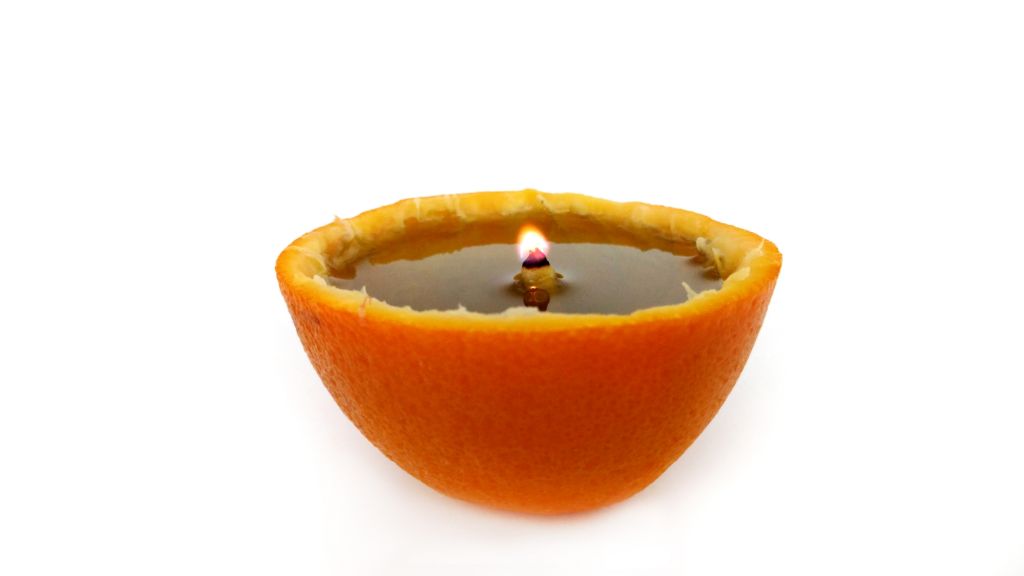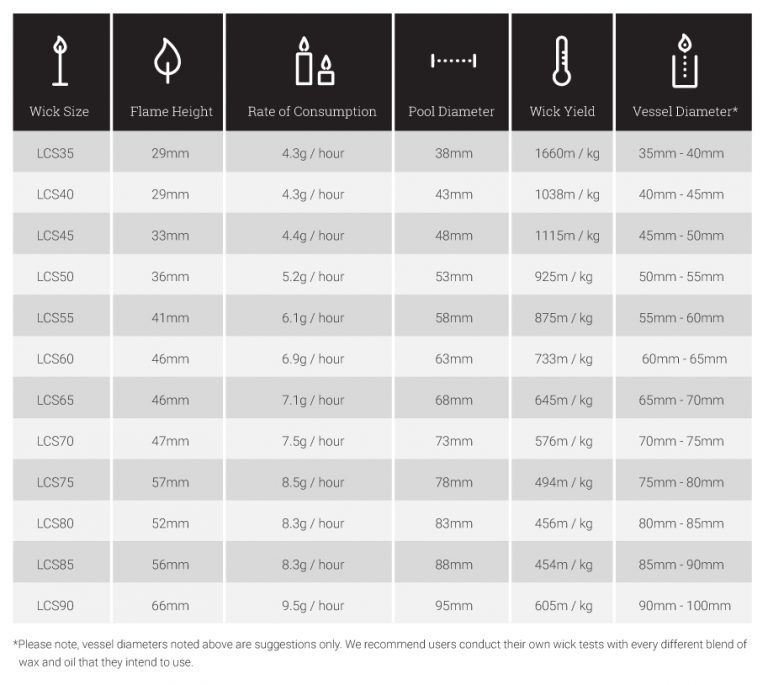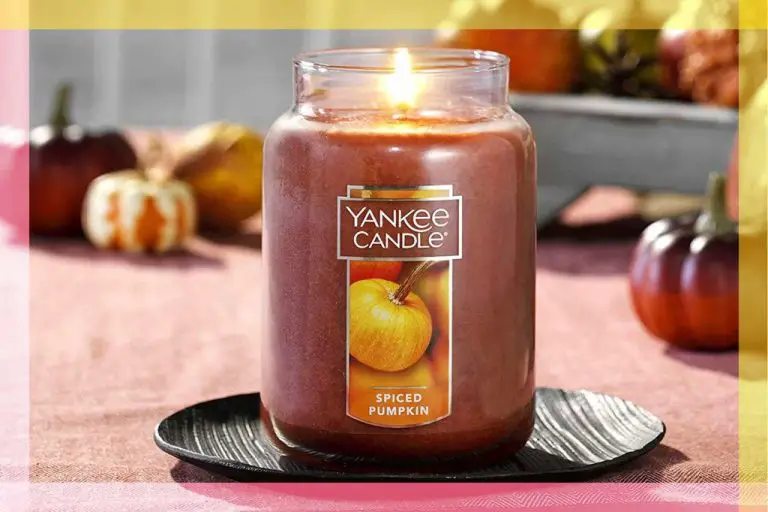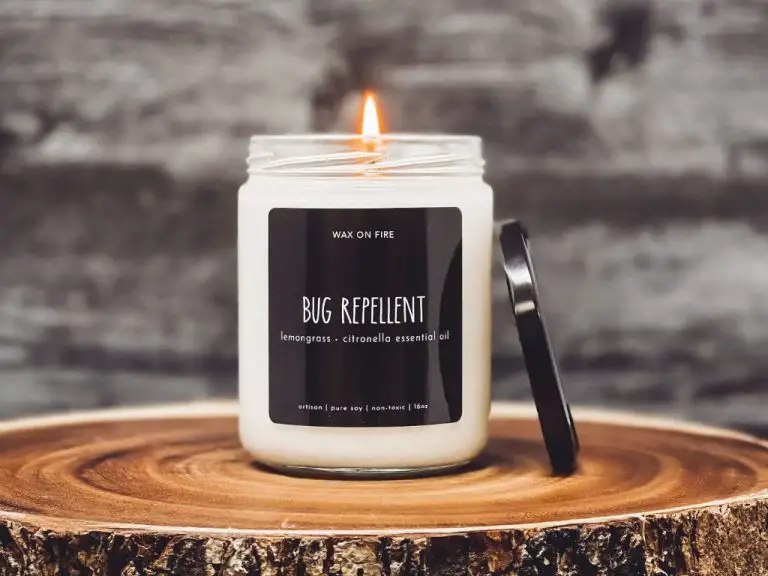Can You Burn An Orange As A Candle?
Have you ever found yourself without a candle or source of light during a power outage or camping trip? In these situations, it can be useful to know how to improvise a candle using common household items. One intriguing option is to make a simple candle out of an orange.
Oranges and other citrus fruits contain oils that can act as fuel for an improvised candle. With just an orange, a knife, and a wick, you can create an emergency candle. The oil from the orange peel will act as the wax, fueling a small flame. While an orange candle may not burn as long or brightly as a regular candle, it can provide enough light in a pinch.
In this article, we’ll explore how to turn an ordinary orange into a makeshift candle. We’ll cover how to prepare the orange, make a wick, light it safely, and get the most burn time. While an orange candle has limitations, it’s a clever lifehack that requires only a fruit you likely have on hand.
Background on Candles
Candles work by using a simple chemical reaction between wax and oxygen. As the candle burns, the flame melts the solid wax, turning it into liquid wax that gets absorbed into the wick (see How does a candle work?). The heat of the flame vaporizes the liquid wax and this vapor then combines with oxygen from the air to sustain the flame. The candle continues burning until all the wax fuel is used up or the flame is blown out (see Candle Science)
The key components needed for a candle to burn are:
- Wick – Typically made of braided cotton, the wick draws up the liquid wax via capillary action and provides a surface for the flame.
- Wax/Fuel – This is the solid wax, often paraffin or beeswax, that melts into a liquid which sustains the flame.
- Oxygen – The flame requires oxygen from the surrounding air in order to undergo combustion with the wax vapor.
With these three basic elements – fuel, oxygen, and an ignition source – a self-sustaining flame can be created until the fuel source is depleted.
Oranges as a Fuel Source

Oranges contain a high amount of citrus oils, including limonene, that are flammable. When an orange peel is dried out, those flammable oils become concentrated. The oils allow the dried peel to ignite and produce a flame when exposed to heat [1]. The oils undergo combustion and release energy in the form of heat and light. The heat generated can be enough to melt a candle’s wax and sustain the flame as long as there is sufficient wick to absorb and ignite the oils.
Preparing the Orange
Before an orange can be used as a candle, it needs to be properly dried out first. According to sources like the Barley and Sage article “How to Dry Orange Slices in the Oven,” oranges can be dried in the oven at 135°F for 3-6 hours. Check them periodically and remove any slices that are fully dried. The Stonegable blog recommends drying orange slices on a wire rack over a parchment lined baking sheet in the oven as well. Allowing the orange slices to fully dehydrate helps ensure they will burn slowly and evenly when used as a candle.
Once the orange is dried out, the next step is to cut a hole or channel into it to hold the wick. This wick space should be made in the center of the flat side of the orange slice, and can be created using a paring knife, apple corer, or skewer. The hole should be just big enough to fit the wick through snugly. According to sources, the wick space should be about 1/2 inch wide and 1-2 inches deep. This will allow the wick to stand upright and draw fuel up from the center of the orange slice as it burns.
Inserting a Wick
The wick is a key component of the orange candle, as it allows the fuel source (the orange) to burn slowly and evenly. There are a few common household items that can be used to create a wick for an orange candle:
- Cotton balls – These can be rolled or twisted to form a sturdy wick. Cotton absorbs the orange oil well and burns evenly.
- Paper – Paper items like tissue paper, paper towels, or notebook paper can be twisted into a wick shape. Paper wicks tend to burn faster than cotton.
- Natural fiber string – Twine, yarn, or natural fiber threads work well too. The fibers allow the wick to burn slowly and absorb the orange oil.
To insert the wick into the orange, first use a skewer or thin knife to poke a hole from the top of the orange straight through to the bottom. Make sure the hole is centered and just slightly smaller than the width of your wick material. Insert the wick through the hole so it pokes out of both ends of the orange. Leave 1-2 inches of wick hanging out of the top and bottom. Use a few drops of melted candle wax or white school glue around the wick holes to help secure the wick inside the orange.
Proper wick insertion ensures the wick stays upright while burning and can draw the oil from the center of the orange to fuel the flame (Source).
Lighting the Orange Candle
Lighting an orange candle requires taking proper safety precautions. According to WikiHow, you should carefully light the wick using a long match or lighter. Hold the flame to the wick until it fully ignites. Make sure not to light the candle too close to any flammable materials. Trim the wick to 1⁄4 inch before lighting to avoid excess smoke.
While burning, never leave an orange candle unattended. According to FM Insurance, you should keep a burning candle within sight at all times. Monitor the flame occasionally to make sure it does not grow too large. The orange peel may pop or flare up while burning, so maintain a safe distance. Have a candle snuffer ready to extinguish the flame if needed. Take proper precautions, and an orange candle can provide creative ambient lighting safely.
Burn Time and Brightness
The burn time of an orange candle can vary greatly depending on the size of the orange and wick used. Smaller oranges with smaller wicks will generally burn for 1-3 hours. Larger oranges with bigger wicks can burn for upwards of 5-8 hours (Source: Everything You Need To Know About Candle Burn Times).
Testing shows that a medium sized orange with a basic cotton wick burns for around 3-4 hours before being fully consumed. The flame is moderate in brightness, comparable to a basic pillar or votive candle. It emits a warm, ambient glow but is not intensely bright (Source: Burning Time of a Candle).
Larger oranges with bigger wicks can sustain a brighter flame for up to 8 hours, but require more caution due to higher heat output. Smaller oranges work best for limited burn times and gentler light.
Fragrance
The natural fragrance of an orange candle comes from the fruit’s essential oils. When the oils are heated, they release a sweet, refreshing citrus aroma. The intensity of the orange fragrance depends on the variety and ripeness of the fruit. Navel oranges tend to have a stronger scent than Valencia oranges.[1]
There are a few techniques you can use to enhance the natural orange fragrance:
- Choose ripe, fragrant oranges at their peak of freshness.
- Zest the outermost part of the rind which contains most of the essential oils.
- Add a few drops of orange essential oil to boost the scent.
- Make narrower candles which concentrate the fragrance than wider jars.
- Use an oil or wax with very little scent of its own.
With some trial and error, you can create an orange candle with a refreshing, fruit-forward aroma. Just take care not to overdo the fragrance which can cause smoking issues.
[1] https://suffolkcandles.co.uk/blogs/candles/how-to-make-a-candle-smell-stronger
Safety Considerations
When burning an orange candle, fire safety is crucial. Oranges, like any combustible material, can pose fire hazards if not used properly.
According to the National Fire Protection Association (NFPA) (NFPA), candles cause around 7,000 house fires every year in the United States. To prevent fires, the NFPA recommends placing candles at least 12 inches away from anything that can burn, and blowing them out when leaving a room or going to bed.
The U.S. Fire Administration (USFA) also advises avoiding drafts or vents when burning candles, as air currents can cause uneven or rapid burning. Proper precautions like using fire-resistant candle holders and not leaving burning candles unattended can greatly reduce fire risks.
With an orange candle specifically, the rind could act as an accelerant and cause the flame to grow too quickly. Therefore, the candle should be burned in small increments and extinguished completely between uses. It’s also best to keep the orange candle away from flammable materials and out of reach of children and pets.
Conclusion
In summary, it’s possible to turn an orange into a makeshift candle in an emergency situation by inserting a wick and lighting it. The orange will produce a small flame and emit a citrusy scent as the oils and juices burn. It’s not as effective as a purpose-made candle, burning for a shorter time with lower brightness. But for those in need of an improvised light source, an orange candle can provide temporary illumination. Other fruit like lemons and limes can be used similarly. While not an ideal long-term solution, orange candles demonstrate that common household items can be unexpectedly repurposed in creative ways when needed.
If longer burn times or brighter light is required, consider alternatives like candles made from paraffin, beeswax, or tallow which are specifically designed as fuel sources. But in a pinch, the classic orange candle can provide a flickering flame and momentary light.




